Ship to: 43215 Update

Plants Filter
Current Filters
Mature Height
Sunlight
Plant Type
Jasmine
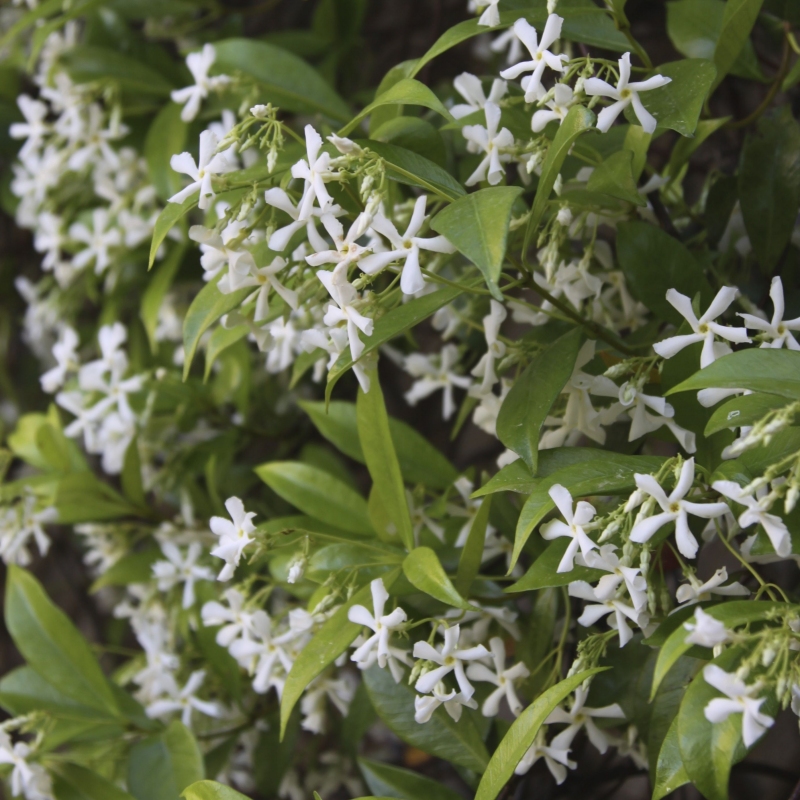
Jasmine ‘confederate’ White Blooms
Starting at $64
30% Off
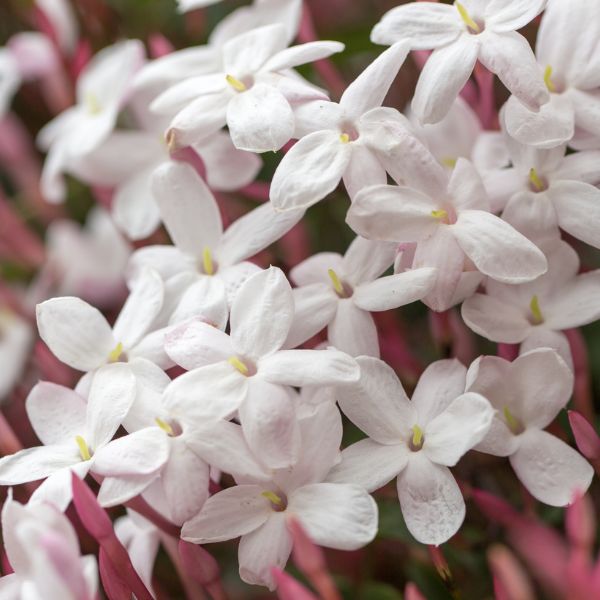
Pink Jasmine
Starting at $161
30% Off
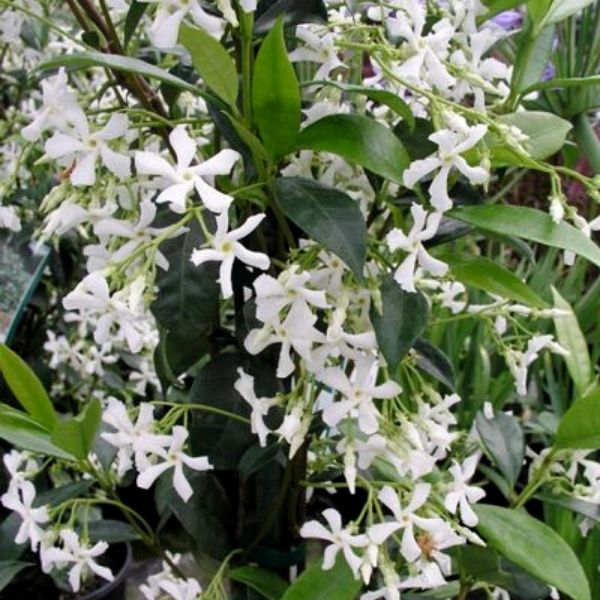
Star Jasmine
Starting at $36
30% Off
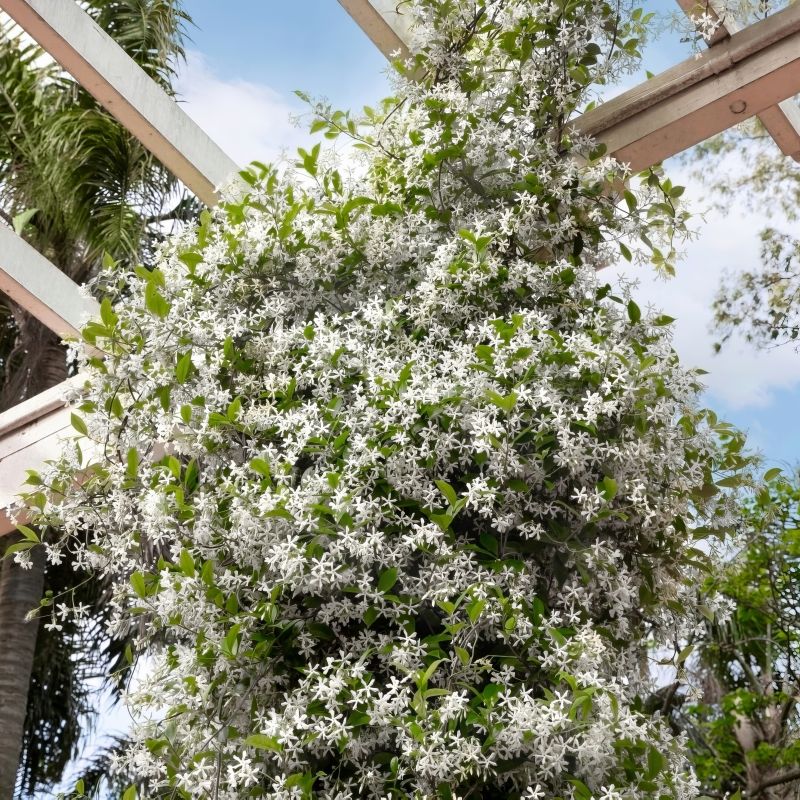
Trachelospermum, Star Jasmine
Starting at $37
30% Off
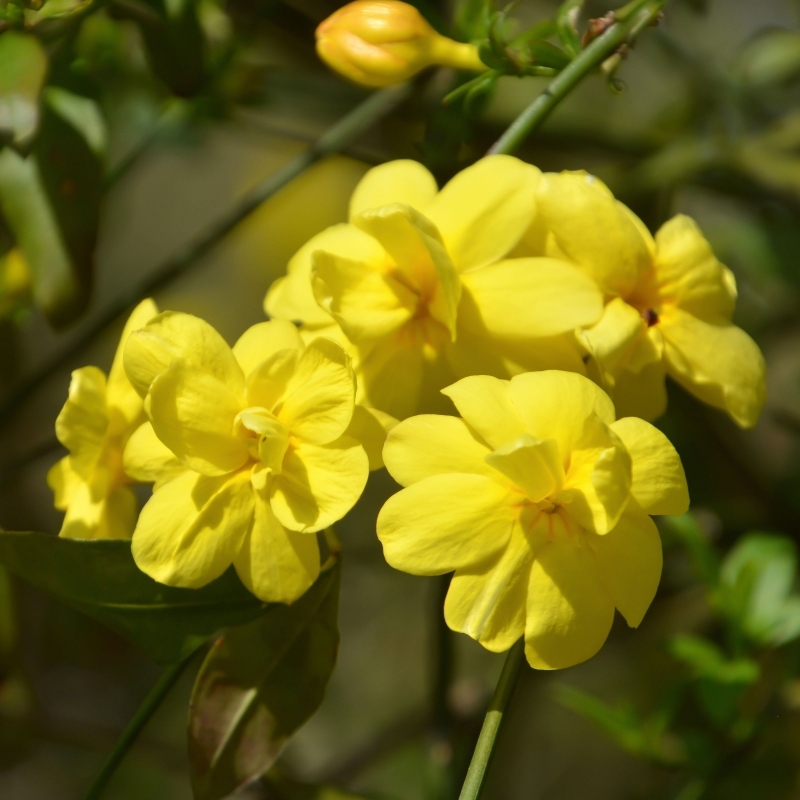
Winter Jasmine
Out of Stock
30% Off
Jasmine
Jasmine is a genus of fragrant flowering plants in the Oleaceae family. It includes a wide variety of species, most of which are native to tropical and subtropical regions of Asia, Africa, and Europe. Jasmine is renowned for its delightful fragrance, which is often described as sweet and intoxicating. The flowers of jasmine are typically small, white or yellow, and have a star-like shape with five or more petals. Some jasmine species produce flowers during the day, while others bloom in the evening, releasing their enchanting scent into the air.
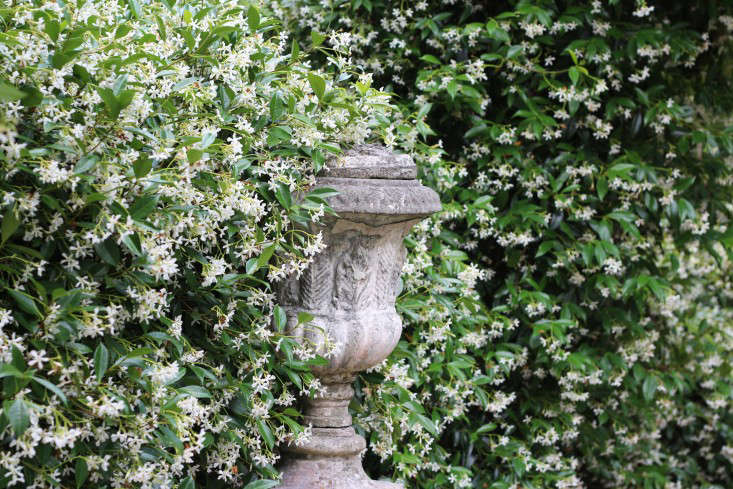
Common Types: There are several popular species and cultivars of jasmine, including:
- Jasminum officinale (Common Jasmine): Known for its intensely fragrant white flowers and is widely grown for its scent.
- Jasminum sambac (Arabian Jasmine or Pikake): Famous for its sweet-scented white flowers and is commonly used in floral arrangements and for making leis.
- Jasminum polyanthum (Pink Jasmine): A vigorous climbing jasmine with pink buds that open into white, fragrant flowers.
- Jasminum grandiflorum (Spanish Jasmine or Royal Jasmine): Bears large, white, heavily scented flowers and is used in perfumery.
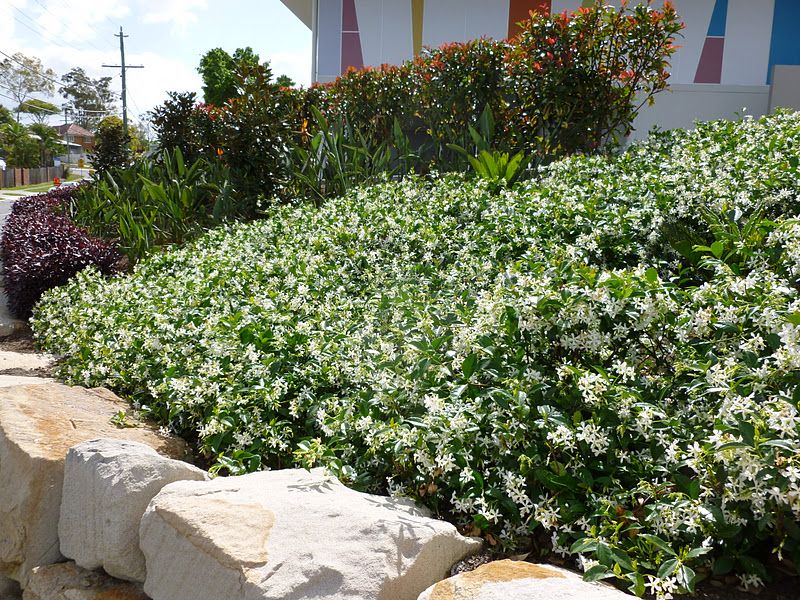
Care Tips:
- Sunlight: Jasmine prefers full sun to partial shade. Adequate sunlight is essential for healthy growth and flowering.
- Soil: Well-draining soil with good fertility is ideal for jasmine. It thrives in loamy soil enriched with organic matter.
- Watering: Keep the soil consistently moist, especially during the growing season. Water the plant at the base to avoid wetting the foliage excessively.
- Support: Climbing jasmine varieties require support such as trellises or fences to help them grow and twine.
- Pruning: Prune jasmine after flowering to control its size and shape. Remove dead or overgrown branches to encourage new growth.
- Fertilization: Fertilize jasmine with a balanced liquid fertilizer during the growing season to promote healthy flowering.
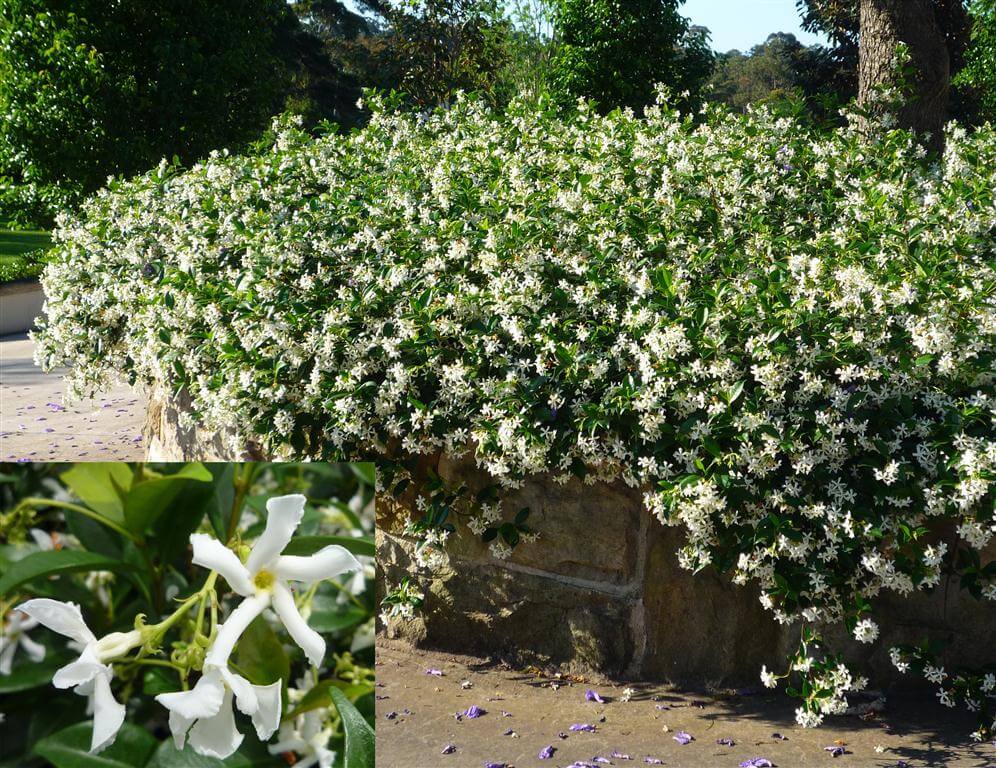
Uses:
- Ornamental Plant: Jasmine is prized for its beauty and fragrance, making it a beloved choice for gardens and landscapes.
- Climbing Plant: Some jasmine species are excellent climbing plants that can cover trellises, arbors, and walls with their lush greenery and scented flowers.
- Aromatherapy: Jasmine essential oil is extracted from its flowers and is used in aromatherapy for its soothing and calming properties.
- Traditional Medicine: In some cultures, jasmine is used for its medicinal properties, believed to have various health benefits.
Jasmine is adored for its captivating fragrance and the elegance it adds to gardens and indoor spaces. Whether used as a climbing plant to create enchanting walls of scented blooms or enjoyed as a potted houseplant, jasmine continues to charm gardeners and flower enthusiasts with its timeless beauty and intoxicating scent.
Item has been added to your cart.

